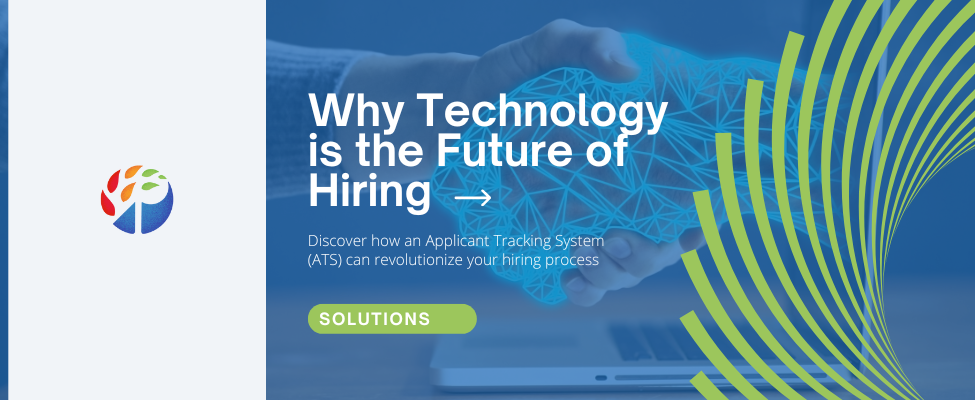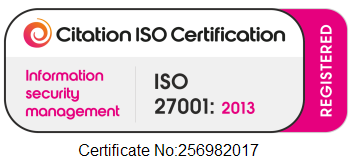ATS vs. Traditional Recruitment: Why Technology is the Future of Hiring
Have you ever found yourself drowning in a sea of applications and deadlines? Or spend hours arranging job interviews to find out your candidate has pulled out of the recruitment process?
Well, you’re not alone!
Traditional recruitment methods can be time-consuming and exhausting, but luckily, there’s a solution: an ATS! If you haven’t heard of an ATS before, don’t worry. In this blog, we’ll explain what it is, how it works, and most importantly, why it’s the future of hiring.
So grab a cup of coffee, sit back, and let’s explore why technology is revolutionising recruitment!
What is an ATS and how does it work?
An Applicant Tracking System, is a software application designed to automate and streamline the recruitment process. It acts as a centralised database where all job applications, CVs, and candidate information are stored and managed.
When a job seeker applies for a position, their application and CV are typically received by the ATS first. The system then scans the documents for relevant keywords and information, such as education and experience, to determine if the candidate is a good fit for the position.
The system then ranks the candidates based on their qualifications and presents the most qualified applicants to the recruiter or hiring manager for review. In addition to managing and organising candidate data, an ATS can also automate other aspects of the hiring process, such as sending automated emails to candidates, scheduling interviews, and even conducting background checks.
Why is an ATS the future of hiring?
In recent years, there has been a growing trend in the use of Applicant Tracking Systems in the recruitment process. While some may argue that traditional hiring methods are just as effective, there are several reasons why an ATS is the future of hiring.
Firstly, an ATS can save you a significant amount of time. In traditional hiring methods, you often have to manually sift through CVs and cover letters to find suitable candidates. This can be a time-consuming process, especially when there are hundreds or even thousands of applicants. With an Applicant Tracking System, it does the initial screening for you, saving time and resources that can be better spent on other tasks.
Secondly, they can improve the quality of your hires. Traditional hiring methods may result in your team overlooking qualified candidates due to human error or bias. An ATS, on the other hand, is designed to search for and identify the best candidates based on specific qualifications and criteria. This ensures that the most qualified candidates are selected for the job, leading to better hires overall.
Now, let’s talk about compliance. Traditional hiring methods can be prone to legal issues, such as discrimination based on race, gender, or age. An Applicant Tracking System can help mitigate this risk by providing a standardised and unbiased selection process that is compliant with current hiring regulations.
Furthermore, an ATS can provide valuable data insights. Traditional hiring methods often lack data-driven insights and analysis, making it difficult to evaluate and improve the recruitment process. However, an Applicant Tracking System can track and analyse candidate data, providing you with valuable insights into the effectiveness of your recruitment strategy, including which job boards are most effective and which recruiting methods yield the best results.
Lastly, an ATS can offer a better candidate experience. Traditional hiring methods often leave candidates in the dark about their application status, leading to frustration and disengagement. With an ATS, candidates can receive automated updates on their application status, improving communication and providing a more positive candidate experience.
Common ATS misconceptions
One of the most common misconceptions about ATS is that they eliminate the need for human interaction. Some people believe that an ATS will do all the work of recruiting and hiring for them, from screening resumes to conducting interviews.
However, this couldn’t be further from the truth! While an ATS can certainly automate many aspects of the hiring process, it’s still a tool that requires human input and oversight. For example, an ATS can’t make the final decision on which candidate to hire – that still requires you to review the candidate’s qualifications and make a judgment call.
Another common misconception is that ATS only benefit large organisations with high-volume hiring needs. In reality, ATS can be useful for organisations of all sizes and industries. Even small businesses with only a few job openings can benefit from an ATS by streamlining their hiring process, reducing the time-to-hire, and improving the candidate experience.
Finally, some people believe that ATS are one-size-fits-all solutions that can’t be customised to fit their organisation’s unique needs. However, many modern ATS platforms offer a high degree of customisation, with the ability to tailor workflows, create custom reports, and integrate with other HR tools. By choosing the right ATS and taking advantage of its customisation options, you can create a hiring process that works best for you.
Share this post and follow us on social media!
Like our blogs? Sign up for our newsletter




Comments are closed